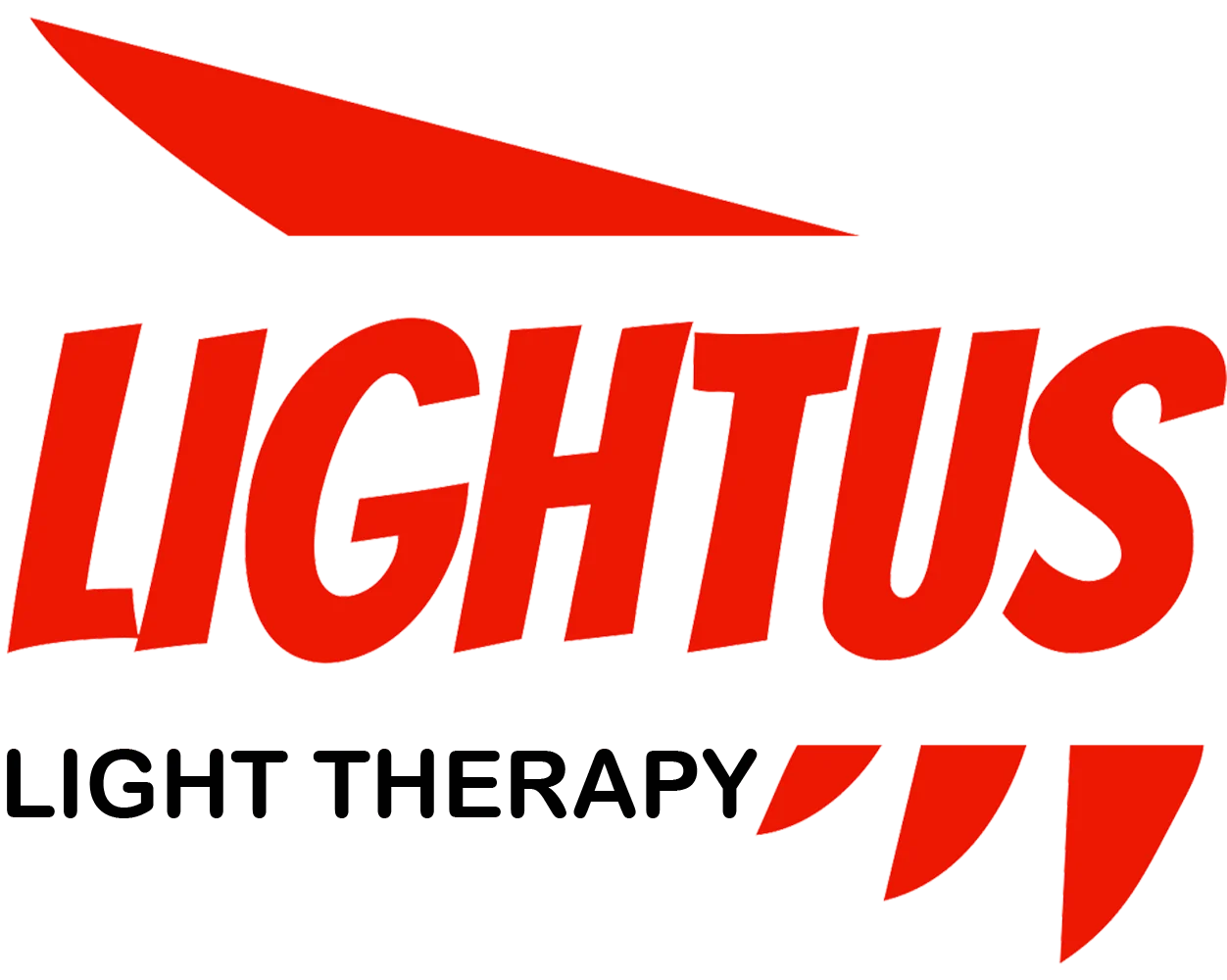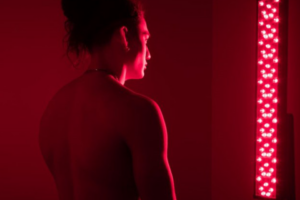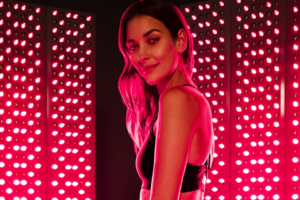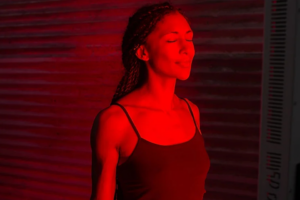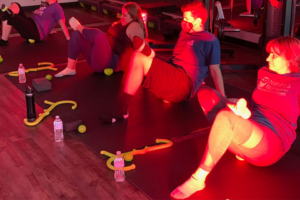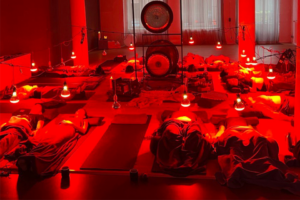Unlocking the Power of Red Light Therapy

Red light therapy has emerged as a revolutionary approach to skincare and overall wellness. This non-invasive treatment harnesses the power of specific light wavelengths to stimulate cellular processes, offering a wide range of potential benefits. From reducing fine lines and wrinkles to promoting wound healing and hair growth, red light therapy is gaining popularity among both skincare enthusiasts and medical professionals. In this comprehensive guide, we’ll explore the science behind red light therapy, its numerous applications, and how you can incorporate this innovative treatment into your wellness routine.
Table of Contents
What Exactly is Red Light Therapy?
Red light therapy, also known as low-level light therapy (LLLT) or photobiomodulation, is a treatment that uses low-wavelength red light to improve skin health, reduce inflammation, and promote healing. This therapy employs light-emitting diodes (LEDs) to deliver specific wavelengths of light to the skin and underlying tissues.The most commonly used wavelengths in red light therapy are:
- Red light: 630-660 nanometers (nm)
- Near-infrared light: 810-850 nm
These wavelengths can penetrate the skin at different depths, targeting various cellular structures and processes.
How Does Red Light Therapy Work?
The science behind red light therapy is fascinating and complex. Here’s a simplified explanation of how it works:
- Light absorption: When red and near-infrared light is applied to the skin, it’s absorbed by photoacceptors in our cells, primarily in the mitochondria.
- Cellular stimulation: This absorbed light energy stimulates the mitochondria, often called the “powerhouses” of our cells, to produce more adenosine triphosphate (ATP).
- Increased cellular energy: ATP is the primary source of energy for all cellular processes. With more ATP available, cells can function more efficiently and repair themselves more effectively.
- Biological effects: This boost in cellular energy can lead to various biological effects, including increased collagen production, reduced inflammation, and improved circulation.
“Red light therapy is like a power-up for your cells. It gives them the energy they need to perform at their best, leading to a wide range of potential health benefits.” – Dr. Michael Hamblin, Associate Professor at Harvard Medical School

What Are the Potential Benefits of Red Light Therapy?
Red light therapy has been studied for its potential to address a wide range of health and wellness concerns. Here are some of the most promising applications:
- Skin rejuvenation: RLT may help reduce fine lines, wrinkles, and age spots by stimulating collagen production and improving skin elasticity.
- Acne treatment: The anti-inflammatory properties of red and blue light can help reduce acne and prevent future breakouts.
- Wound healing: Red light therapy may accelerate wound healing by promoting tissue repair and reducing inflammation.
- Pain relief: Many people use RLT to manage chronic pain conditions, such as arthritis and fibromyalgia.
- Hair growth: Some studies suggest that red light therapy can stimulate hair follicles and promote hair growth in people with androgenetic alopecia.
- Muscle recovery: Athletes and fitness enthusiasts use RLT to reduce muscle soreness and speed up recovery after intense workouts.
- Mood and sleep improvement: Exposure to red light may help regulate circadian rhythms and improve sleep quality.
- Cognitive function: Some research indicates that near-infrared light therapy may have neuroprotective effects and could potentially improve cognitive function.
It’s important to note that while many of these benefits are supported by scientific studies, more research is needed to fully understand the extent of red light therapy’s effectiveness for various conditions.
Is Red Light Therapy Safe?
One of the most appealing aspects of red light therapy is its safety profile. Unlike UV light, which can damage skin cells and increase the risk of skin cancer, red and near-infrared light are generally considered safe when used as directed.Some key safety points to keep in mind:
- Red light therapy is non-invasive and doesn’t cause burns or skin damage.
- It’s pain-free and doesn’t require any downtime.
- There are no known long-term side effects when used properly.
However, as with any treatment, there are some precautions to consider:
- People with certain photosensitive conditions should consult a healthcare provider before using red light therapy.
- Direct eye exposure to intense LED lights should be avoided.
- Some medications can increase light sensitivity, so it’s important to check with a doctor if you’re on any medications.
How Does Red Light Therapy Compare to Other Light-Based Treatments?
Red light therapy is just one of several light-based treatments used in skincare and medical settings. Here’s how it compares to some other common light therapies:
| Treatment | Primary Uses | Wavelength | Potential Side Effects |
|---|---|---|---|
| Red Light Therapy | Skin rejuvenation, wound healing, pain relief | 630-660 nm (red), 810-850 nm (near-infrared) | Minimal; generally considered safe |
| Blue Light Therapy | Acne treatment | 415-495 nm | Minimal; may cause temporary redness |
| UV Light Therapy | Psoriasis, eczema | 280-400 nm | Increased skin cancer risk, premature aging |
| Laser Therapy | Targeted skin treatments, hair removal | Varies | Potential for burns, scarring; requires professional application |
How Can I Use Red Light Therapy at Home?
Thanks to advancements in LED technology, red light therapy devices are now available for home use. These range from handheld devices to full-body panels. Here are some tips for using red light therapy at home:
- Choose the right device: Consider your specific needs (e.g., facial treatments, full-body therapy) when selecting a device.
- Follow the manufacturer’s instructions: Each device may have different recommended usage times and distances.
- Be consistent: Regular use is key to seeing results. Most treatments recommend daily sessions of 10-20 minutes.
- Combine with other skincare: Use red light therapy in conjunction with a good skincare routine for optimal results.
- Protect your eyes: While red light is generally safe, it’s best to wear protective goggles during treatments.
For those interested in exploring home red light therapy devices, Lightus Red Light Therapy offers a range of options, from portable red light therapy devices to full-body red light therapy panels.
What Should I Look for in a Red Light Therapy Device?
When shopping for a red light therapy device, consider the following factors:
- Wavelength: Look for devices that offer both red (630-660 nm) and near-infrared (810-850 nm) light for comprehensive treatment.
- Power output: Higher power devices may offer more effective treatment in shorter sessions.
- Treatment area: Choose a device size appropriate for your needs (e.g., handheld for targeted treatment, larger panels for full-body therapy).
- FDA clearance: For peace of mind, opt for devices that have been cleared by the FDA.
- Warranty and customer support: Ensure the manufacturer offers good customer service and a solid warranty.
Are There Any Potential Side Effects of Red Light Therapy?
While red light therapy is generally considered safe, some people may experience mild, temporary side effects:
- Slight redness or warmth in the treated area (usually subsides quickly)
- Eye strain if proper eye protection isn’t used
- Headache (rare, usually due to overuse)
If you experience any persistent or severe side effects, discontinue use and consult a healthcare professional.
How Long Does It Take to See Results from Red Light Therapy?
The time it takes to see results from red light therapy can vary depending on the condition being treated and individual factors. Here’s a general timeline:
- Skin concerns: Some people report seeing improvements in skin texture and tone within 2-4 weeks of regular use.
- Pain relief: Many users experience some degree of pain relief after just a few sessions.
- Hair growth: It may take 3-6 months of consistent use to see noticeable improvements in hair growth.
- Wound healing: Accelerated healing may be observed within a few days to a couple of weeks.
Remember, consistency is key. Regular, ongoing treatments are typically necessary to maintain results.
Can Red Light Therapy Be Combined with Other Treatments?
Red light therapy can often be safely combined with other treatments to enhance overall results. Some popular combinations include:
- Skincare products: Using RLT after applying serums or moisturizers may enhance product absorption.
- Microneedling: Combining red light therapy with microneedling may boost collagen production and skin rejuvenation.
- Exercise: Using RLT before or after workouts may help with muscle recovery and performance.
- Meditation: Some people find that red light therapy sessions provide a perfect opportunity for mindfulness practices.
Always consult with a healthcare provider before combining red light therapy with any medical treatments or procedures.
What’s the Future of Red Light Therapy?
As research in the field of photobiomodulation continues to grow, we’re likely to see even more applications for red light therapy in the future. Some exciting areas of ongoing research include:
- Neurological conditions (e.g., traumatic brain injury, Alzheimer’s disease)
- Metabolic disorders
- Autoimmune diseases
- Cancer supportive care
While these applications are still in the early stages of research, they highlight the potential of red light therapy to revolutionize various aspects of healthcare and wellness.
Key Takeaways
To wrap up this comprehensive guide to red light therapy, here are the most important points to remember:
- Red light therapy uses specific wavelengths of red and near-infrared light to stimulate cellular processes.
- It offers potential benefits for skin health, pain relief, wound healing, and more.
- RLT is generally considered safe with minimal side effects when used properly.
- Home devices are available, making red light therapy more accessible than ever.
- Consistency is key – regular treatments are necessary to see and maintain results.
- While promising, more research is needed to fully understand the extent of red light therapy’s benefits for various conditions.
As with any new treatment, it’s always best to consult with a healthcare professional before starting red light therapy, especially if you have any pre-existing health conditions or concerns.
Whether you’re looking to improve your skin health, manage pain, or explore the cutting-edge of wellness technology, red light therapy offers an exciting and potentially transformative option. As research continues to unfold, we may discover even more ways that this innovative treatment can enhance our health and well-being.
